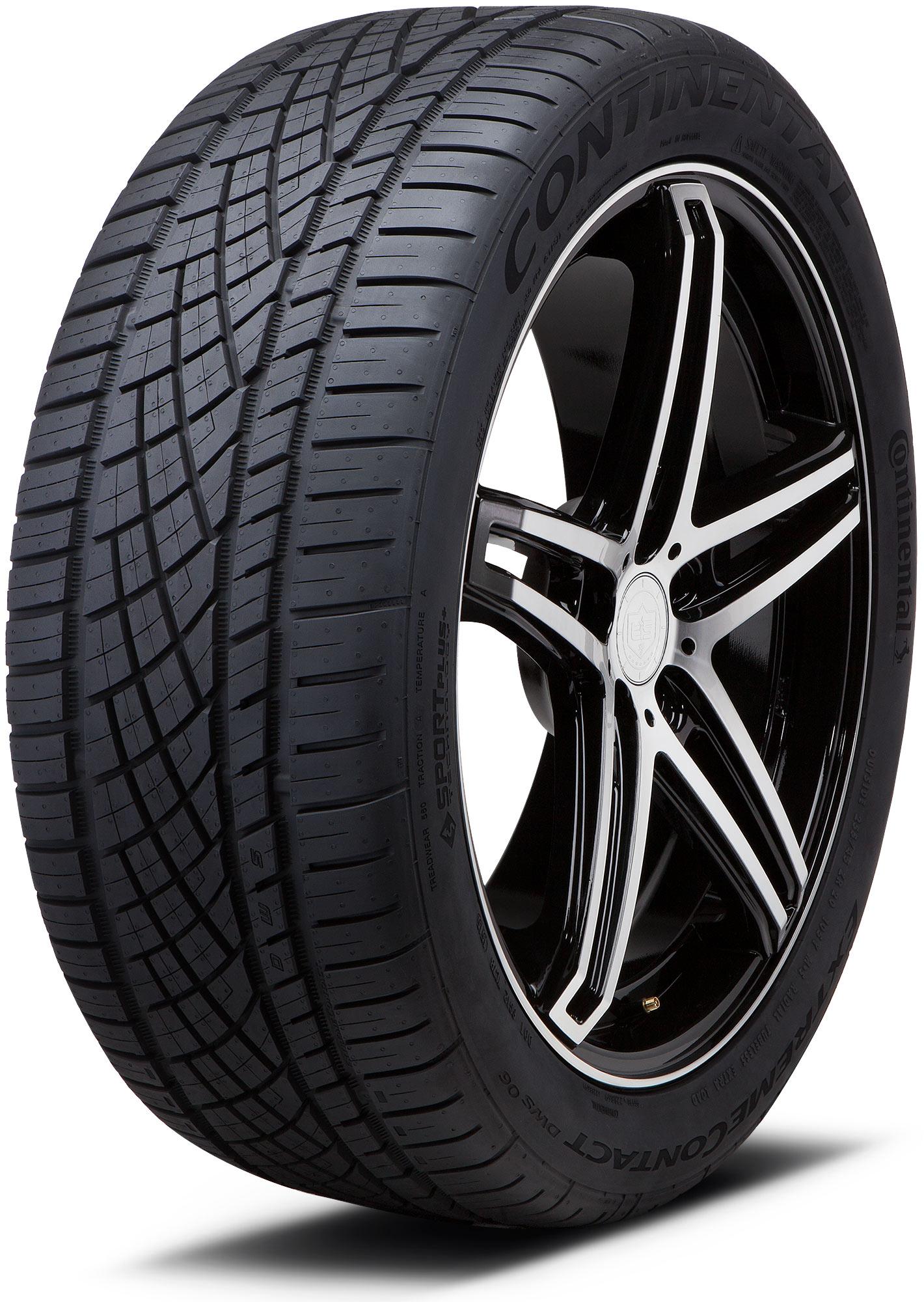When we consider tire maintenance, one of the most critical aspects is understanding tire tread life. The tread on your tires is the sole point of contact between your vehicle and the road, impacting not only your safety but also your vehicle’s performance and fuel efficiency. A common observation among drivers is the question: “How long will 4/32 tread last?” This inquiry is not only a practical concern but also a fascinating topic that unveils deeper insights into tire wear and the myriad factors influencing it.
Before delving into the specifics of 4/32 tread life, it is essential to establish a baseline understanding of tire tread measurements. The depth of tire tread is measured in thirty-seconds of an inch. A new tire typically has a tread depth of around 10/32 to 12/32 inches. Hence, 4/32 inches signifies a significantly worn tire, but it is crucial to contextualize what this means in terms of safety and performance.
As tire tread wears down, several ramifications ensue. The purpose of tread, besides providing grip, is to channel water away from the tire’s contact patch, thereby minimizing hydroplaning risks in wet conditions. At 4/32, while tires are not necessarily obsolete, they do present significant concerns regarding their effectiveness. So, how long can one expect these tires to last? The answer is nuanced and contingent on various factors.
First and foremost, driving conditions play a pivotal role. If you primarily navigate urban environments, with frequent stops and starts, your tires may wear down faster due to more intense friction on road surfaces. Conversely, smooth highway driving may result in a slower decline in tread depth. Furthermore, the type of road surface and climate conditions can also dramatically affect tire longevity. For instance, rough asphalt or unpaved roads can expedite wear, just as consistently driving in heavy rain or snow can lead to a quicker degradation of tread.
Moreover, driver behavior cannot be overlooked. Aggressive driving—characterized by rapid acceleration, hard braking, and sharp turns—contributes significantly to faster tire wear. The weight of the vehicle is another critical factor; heavier vehicles naturally exert more pressure on tires, accelerating wear. Similarly, proper tire maintenance, such as regular rotations and alignments, can extend the life of your tread. Neglecting these maintenance tasks means that even at 4/32 tread depth, tires could deteriorate rapidly—unlike well-maintained tires, which may still perform adequately.
Tire composition also plays an integral role in determining tread life. The materials used in tire construction can vary markedly among brands and models. Some tires are specifically designed for longevity, while others prioritize performance and handling. Factors such as tire softeners, compounds, and tread patterns all influence wear rates and longevity. Understanding these nuances can help consumers make informed choices when purchasing tires—prioritizing those that strike the right balance between performance and durability.
When it comes to assessing how much longer a tire with 4/32 tread will last, the consensus among experts is generally that these tires have a limited lifespan. It is commonly advised to consider replacement when tread depth decreases to 4/32, particularly for those who frequently drive in wet conditions. Once the tread wears to this level, the ability of the tire to channel water diminishes, heightening the risk of hydroplaning and reducing grip—an alarming prospect for any driver.
To illustrate this point practically, consider the conditions during a rainstorm. As the rain begins to accumulate on the roadway, tires with sufficient tread depth can effectively displace this water, maintaining traction and control. However, once tread reaches a depth of 4/32, the performance significantly impairs, increasing stopping distances, which could potentially lead to accidents. As such, the decisive question emerges: How long will those 4/32 tires last? The mere days or weeks that they may remain usable could be the difference between a safe drive and a perilous situation.
Furthermore, many tire manufacturers advocate a “30-second rule.” This guideline suggests routinely checking tire tread depth with a simple tool or gauge. Drivers are encouraged to replace their tires once they reach this limit, not just for safety but as a proactive measure to ensure optimal vehicle performance.
It is also noteworthy that in some regions, laws mandate a minimum tread depth for safe driving. For example, certain states may enforce a minimum of 2/32 of an inch for public safety, which underscores the seriousness of monitoring tread life. The perspective that a worn tire can be safe as long as it meets the legal threshold often misses the broader implications for performance and road safety.
Ultimately, understanding tire tread life, especially at the 4/32 mark, encompasses more than just the numbers. It encapsulates the facets of driving experience, vehicle maintenance, and the fundamental relationship between a driver and their vehicle. As we drive, we should be mindful of the road conditions, the weather, and our tire’s capabilities, allowing for the best possible outcomes on our journeys. It’s not merely about how many miles you can squeeze out of the tread but rather about safeguarding your experience behind the wheel. The right decisions today can lead to safer roads for tomorrow.
